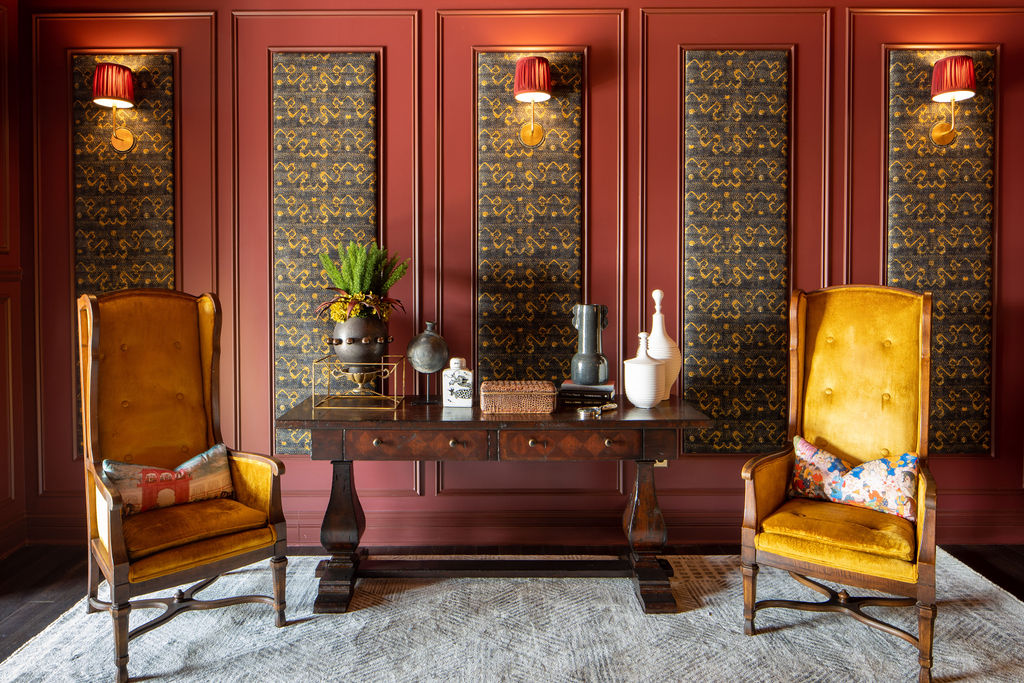
In the ever-evolving world of real estate development, few transformations are as intriguing as the repurposing of shopping malls into dynamic living spaces. Once hubs of retail activity, many malls are closing due to declining foot traffic and changing consumer habits. Amidst these challenges lies a unique development opportunity to create innovative communities where people can live, work, and thrive.
The Rise of Mixed-Use Developments:
With the rise of online shopping and shifting consumer preferences, traditional malls have been forced to adapt or go out of business. Enter the era of mixed-use developments, where shopping complexes are now reimagined spaces that blend residential, commercial, and recreational elements. By creating living spaces alongside retail outlets, restaurants, and entertainment venues, revamped malls offer a lifestyle that caters to the needs of many.
Urban Renewal and Sustainable Growth:
Repurposing shopping malls into living spaces encourages urban renewal and sustainability. Instead of demolishing existing structures, the reuse of these spaces allows us to bring new life into underutilized spaces while minimizing environmental impact. By revitalizing existing buildings, we can preserve green spaces and encourage more efficient land use.
Creating Vibrant Communities:
One of the key benefits of repurposing malls into living spaces is the potential to create vibrant communities that will thrive for decades to come. By offering a mix of housing options, these developments cater to individuals and families at various stages of life. Shared amenities such as parks, fitness centers, or community gardens foster a sense of belonging among residents. Proximity to retail and dining establishments also enhances convenience and connectivity, transforming these spaces into vibrant hubs of activity and culture.
Adapting to Changing Demographics:
As demographics shift and lifestyles evolve, the demand for alternative housing options continues to grow. Repurposed malls offer a solution by providing adaptable living spaces that can accommodate diverse needs and preferences. Whether it’s young professionals seeking convenience, empty nesters downsizing, or retirees looking for active communities, these developments offer something for everyone.
Embracing Innovation and Creativity:
The transformation of shopping malls into living spaces invites architects, designers, and developers to collaborate and innovate. These projects present an opportunity to push the boundaries of traditional design and construction. By embracing innovation and bold ideas, we can create living spaces that are not only functional and efficient but those that encourage us to think differently than we have before.
The repurposing of shopping malls into functional living spaces presents a compelling idea for the future of development. By reimagining these structures as vibrant mixed-use communities, we can flip underutilized spaces, promote sustainable growth, and create dynamic environments. As we continue to seek innovative solutions for the housing shortage in cities such as Columbus, we should explore the potential of reusing and reimagining our existing structures.





